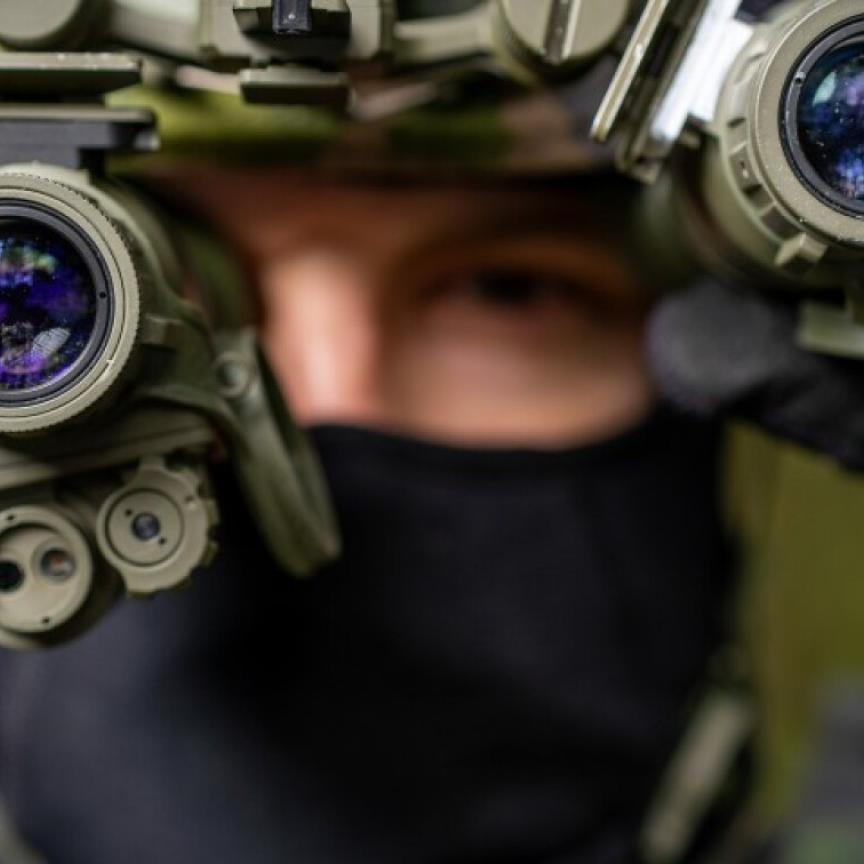A technology being developed at the US Department of Energy's Oak Ridge National Laboratory promises to provide clear images of the brain – without the use of uncomfortable or intrusive restraints.
Awake imaging provides motion compensation reconstruction, which removes blur caused by motion, allowing physicians to get a transparent picture of the functioning brain without anaesthetics, which can mask conditions and alter test results by triggering brain activities that may alter the normal brain functions being studied.
Researchers hope to better understand brain development in babies, pre-teens and teenagers. In addition, they believe the technology will provide unprecedented insight into conditions such as autism, drug addictions, alcoholism, traumatic brain injuries and Alzheimer's disease.
'With this work, we're hoping to establish a new paradigm in non-invasive diagnostic imaging,' said Justin Baba, a biomedical engineer who heads the ORNL development team.
The study, which was performed in collaboration with Thomas Jefferson National Accelerator Laboratory and Johns Hopkins University, used an awake imaging scanner and awake, unanaesthetised, unrestrained mice that had been injected with a radio-tracer known as DatScan, provided by GE-Medical.
Baba and his colleagues envision development of new, more effective therapies for a wide assortment of conditions and diseases while also contributing to pharmaceutical drug discovery, development and testing. The technology could also help with real-time stabilisation and registration of targets during surgical intervention.

